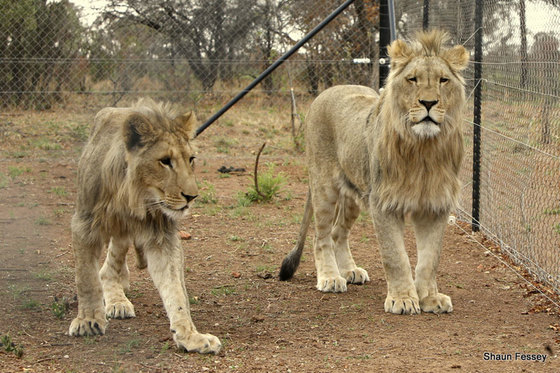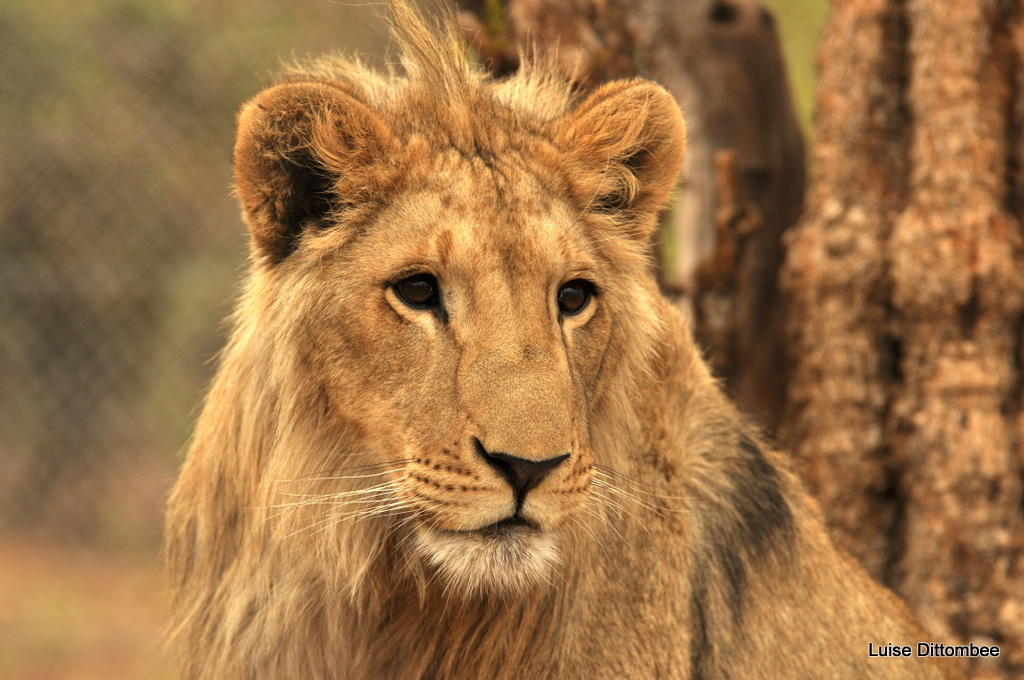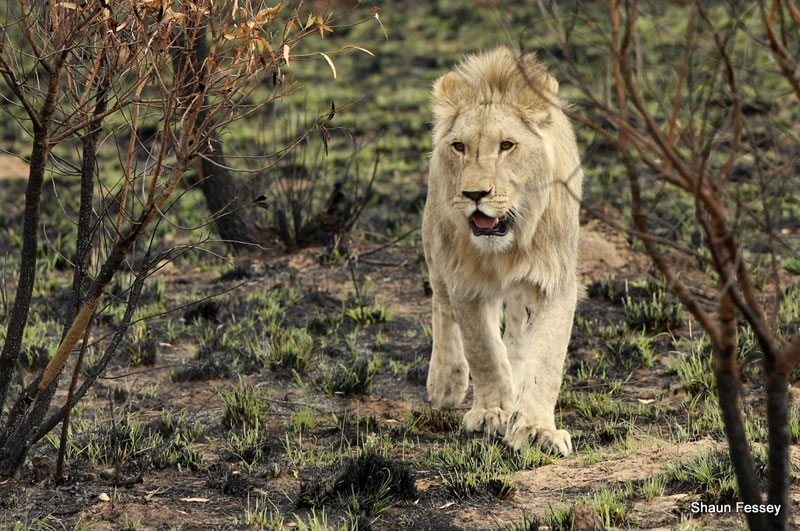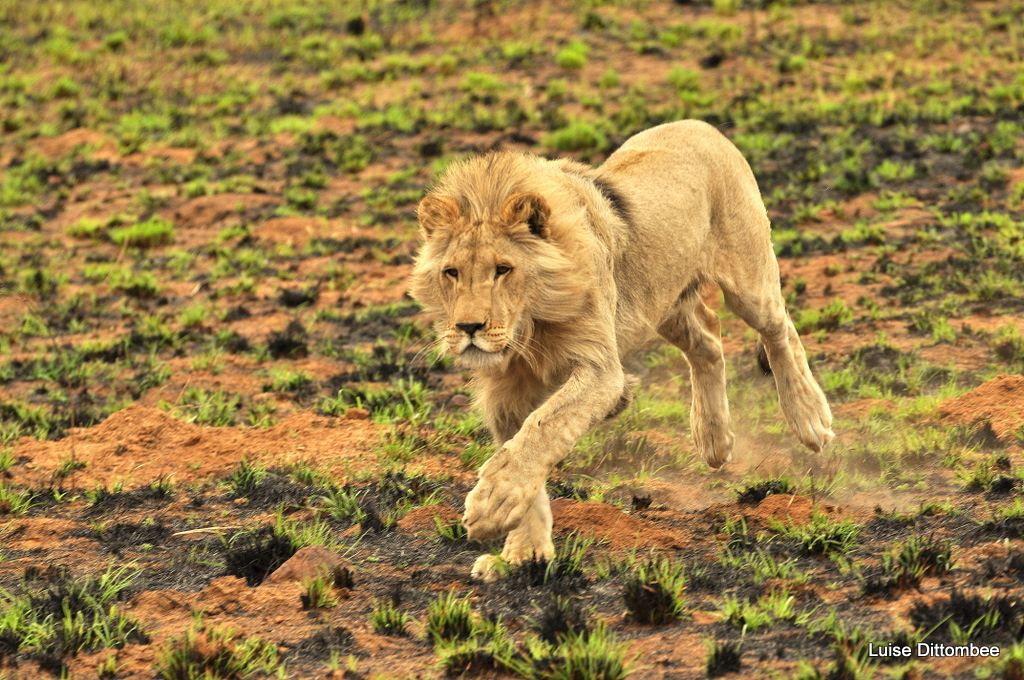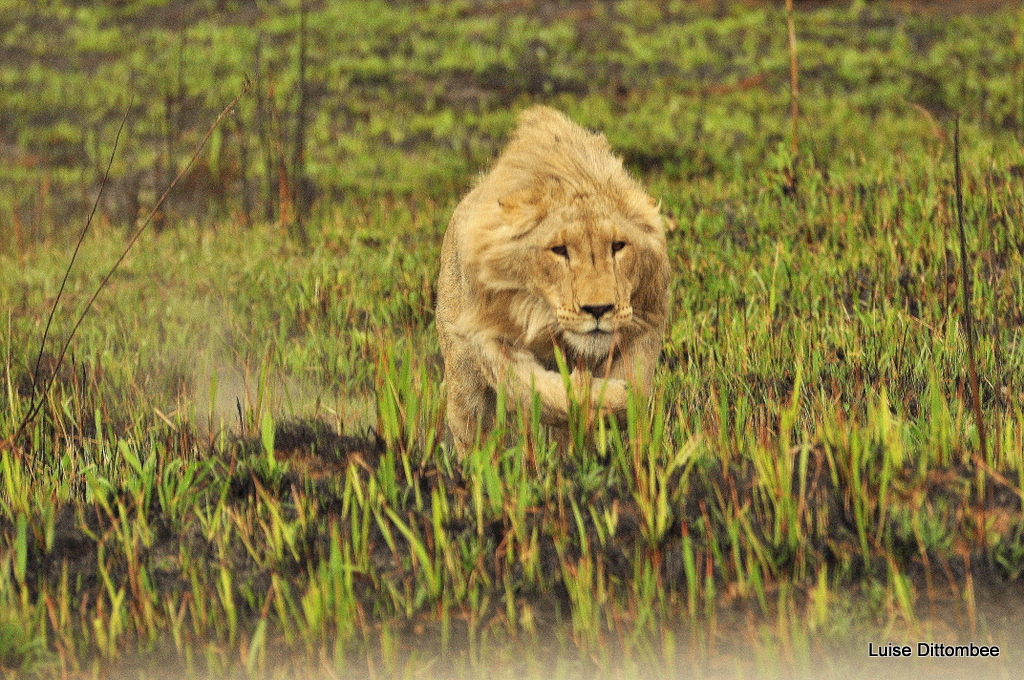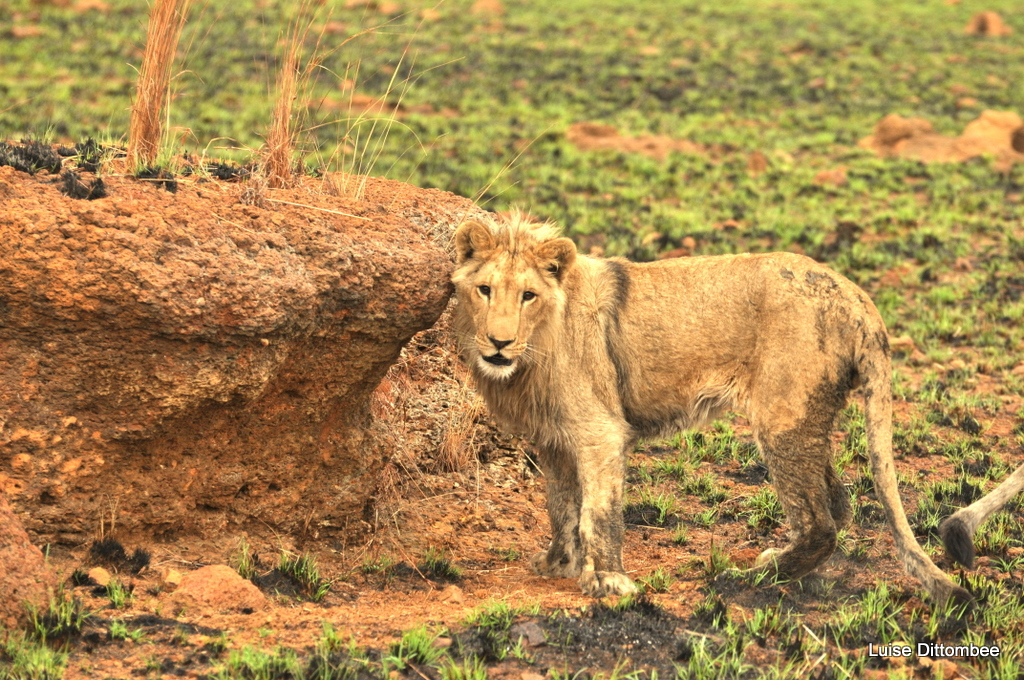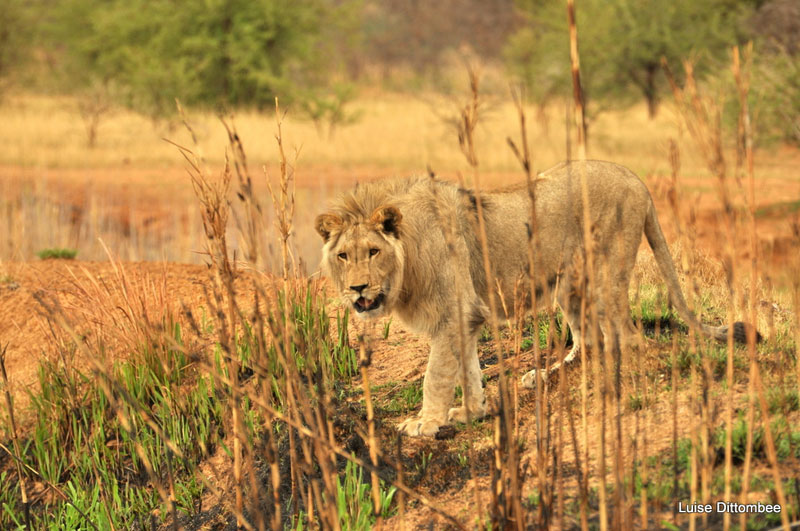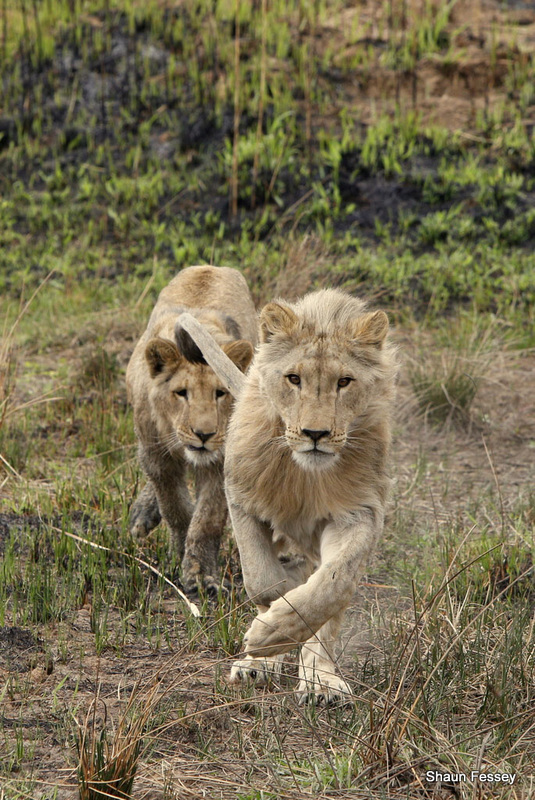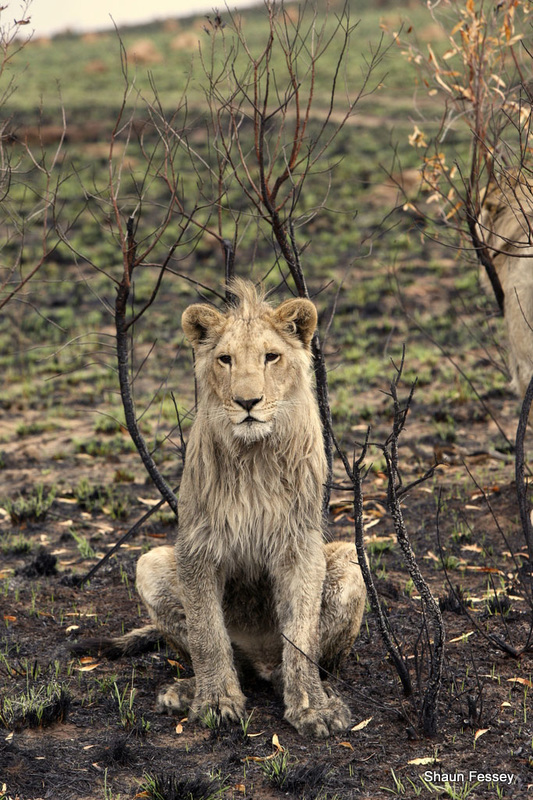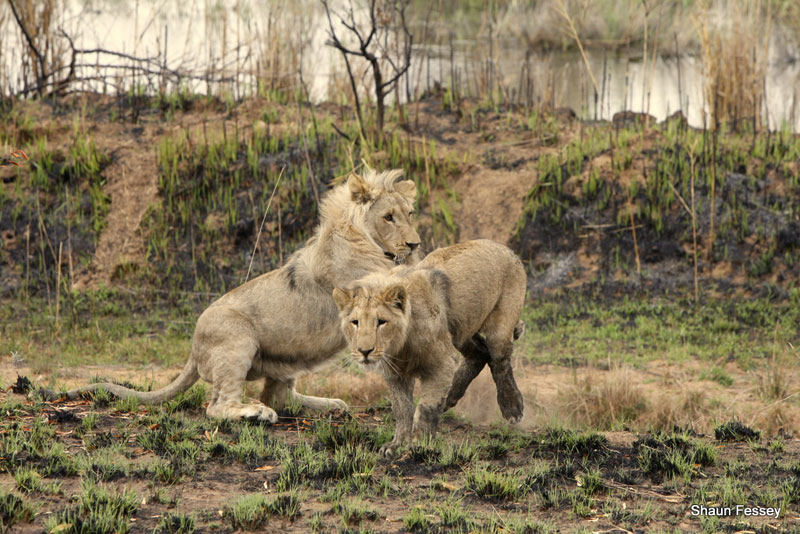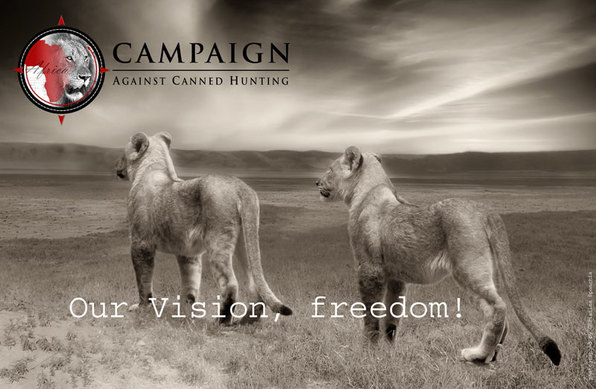
Game Farming and wildlife sanctuary – the telling comparison.
Because hunting involves cruelty, killing and adverse impacts upon biodiversity, you’d expect hunting to be heavily regulated and monitored. And you’d expect animal protection to be lightly regulated, to encourage public participation.
But this is South Africa, where the hunting fraternity controls conservation.
To start a hunting farm you would need:
1. A Certificate of Adequate Enclosure.
This confirms that his perimeter fence is strong and high enough and Presto! all regulations vanish like smoke. No need to apply for any re-zoning, or obtain EIAs, or file complex business or management plans, or be restricted by hunting seasons; the landowner is free to do what he likes with his ‘alternative livestock.’ Indeed, he can turn the land in to a battlefield, like the infamous driven hunt at Alldays in Limpopo. See this illustrated report on the Alldays hunt, showing how hunting is to conservation what pornography is to art.
https://www.thedodo.com/hunters-hide-their-faces-1347803434.html?utm_source=HuffPo&utm_medium=referral&utm_campaign=pubexchange_facebook
Now compare the regulatory burden on wildlife sanctuaries or rehab centres.
To start a Wildlife Sanctuary you would need:
1. Re-zoning application is required, for animal rescue
A one-size-fits-all re-zoning application means that the mind-numbing requirements designed for large scale developments such as a new golf course complex or a five star ten story hotel all have to be met by the poor wildlife rehabber.
Here is just one small extract from the re-zoning application form:
5.1.1 Physical characteristics of the property
The expected impact of the proposed land use change and any change to the physical characteristics , must be discussed. The physical characteristics include topography , geological formations , soil properties and depth of underlying rock formations , microclimate , vegetation ( eg plants) , floodplains and flood lines , water tables , fountains , drainage , unique ecological habitats and sensitive areas , existing filled areas and quarrying , and so on.
Really!!?? All this – and much, much more - just to rescue a bundle of fur or feathers??
(29th Sept. Since posting this blog we have been notified by the Department of Planning that upon reconsideration we shall not have to apply to rezone the property.)
2. An E.I.A. (environmental impact assessment)
For which yet another expensive consultant is required. An EIA can only be done by a registered qualified EIA practitioner, and the whole process can take months, and cost tens of thousands of Rands.
3. Formal standard operating procedures (SOPs)
For every aspect of the rehab process; use of vehicles, use of equipment, cleaning, etc .etc – all of which must be signed by staff and volunteers. The detail required is so overwhelming that even where to park the car at night must be included in the SOP!
4. Expensive and unnecessarily high and strong fences
For enclosures, even those designed to hold small, harmless animals.
5. Explain mission and vision, species and number of animals kept
(how on earth to know this in advance?)
6. How you are going to meet the physiological, physical and psychological needs of the animals
(We do not have them yet so how do we know.)
7. Transport facilities
8. Veterinary Facilites
9. Fire Management Plan
10. Personnel training
11. Liability Insurance for millions
12. Escape plans
13. Exist Strategies
14. Letters of support from all neighbours
15. Essay on how the centre will add value to conservation, research, education
(but you are not allowed to have children to the centre)
16. Risk Assessment
17. Ecological impacts
18. Oh and membership of PAAZAB
(Logic?? PAAZAB is a zoo association. Why on earth should a rehabber be forced to join a Zoo association? Zoos exist for human entertainment; the rehabber has no interest in human entertainment. Some of PAAZAB’s rules, such as the requirement to be open to the public at all times, are bizarrely inappropriate to a rehab centre, which is closed to the public at all times.)
The point is this: not only are these excessive bureaucratic obstacles discouraging people from exercising their legal right to participate in wildlife management, but the fact that none of these onerous obligations are imposed upon game hunting farms boggles the mind.
Is this burdensome bureaucracy really necessary for conservation purposes?
· If these onerous bureaucratic demands were really important, then they would apply to game farming and the hunting industry – much more so because hunting impacts the environment far more than rescuing and rehabbing orphaned and injured wildlife. Despite the anti-conservation antics of an out-of-control hunting fraternity, such as cross-breeding mutant freaks for hunting trophies, or turning the land in to a battlefield like the driven hunt at Alldays in Lipopo, no EIAs are required.
· In the conservation sub-culture, ‘welfare’ of animals is almost a swear word. There is open hostility to the whole idea of animal welfare, and anyone who speaks out against cruelty to wildlife is pejoratively labelled a ‘greenie,’ a ‘rightist’, a ‘radical’ and ‘an‘extremist.’
· In seeking to control every aspect of sanctuary/rehab activity, the conservation authorities are acting ultra vires ie outside their legal powers. In short, illegally. The Supreme Court of Appeal decided in the Predator Breeders case that breeding lions for canned hunting or other human entertainment fell outside the authority of conservationists – because the lions would never be released back to the wild . So, on the same basis, a sanctuary cannot be regulated by conservation structures, because sanctuary animals will never be released.
So why are conservationists so obsessed with controlling every aspect of animal welfare facilities when they have no legal right to do so? Watch this space next month and learn about regulatory capture.

